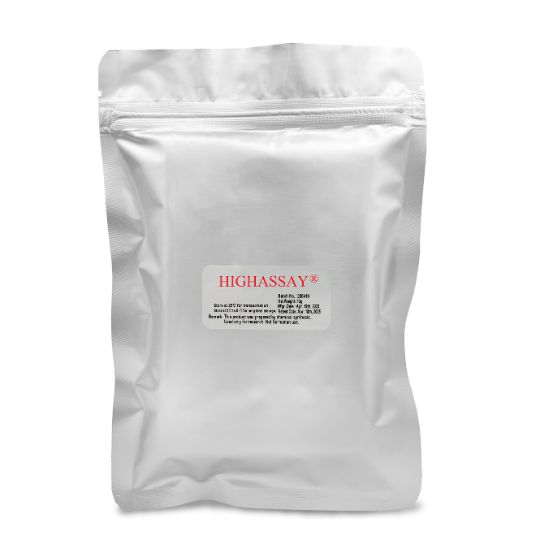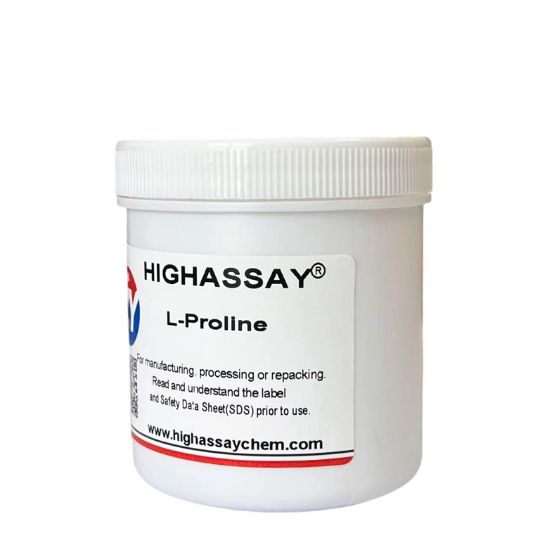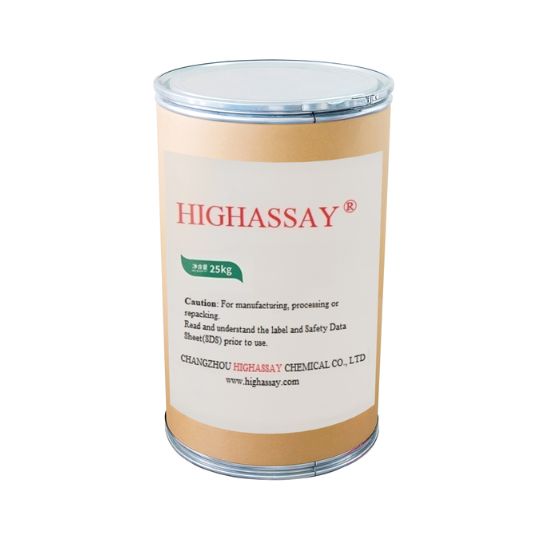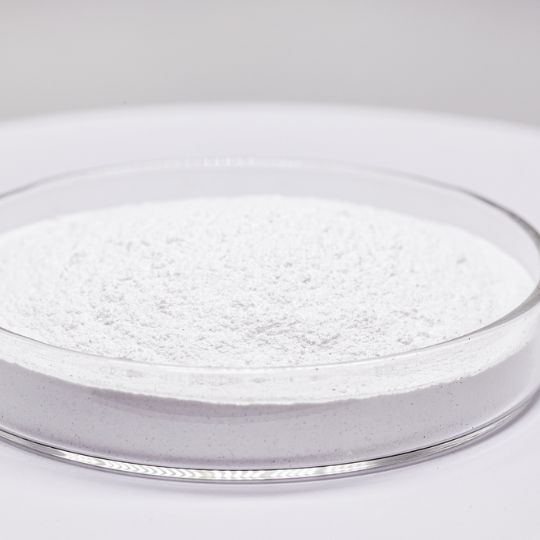A Brief Introduction to L-Proline
Molecular Formula:C5H9NO2
Molecular Weight:115.13
CAS No.:147-85-3
Appearance:White crystalline powder
Regular commercial package: 25kg/drum
What is L-Proline?
L-Proline is a non-essential amino acid that can be synthesized by the human body, obtained through daily diet (meat, eggs, legumes, dairy products, etc.), and supplemented in powder, tablet, and capsule form. Because L-Proline is abundant in human protein, it’s important to ensure adequate daily L-Proline intake to meet protein synthesis needs. Vegetarians may experience L-Proline insufficiency, so supplementation is recommended to maintain a normal intake. Some patients may require rapid L-Proline supplementation via injections or infusions. In either case, it’s important to avoid excessive L-Proline supplementation.
Applications of L-Proline
Highassay adheres to strict quality control (QC) to produce L-Proline. Buy L-Proline in bulk from us now to get competitive market prices.
 Animal Feed
Animal FeedIn addition to being added to fish bait, it is also added to the feed of various animals, increasing nutrition, accelerating growth, and boosting immunity.
 Plant Fertilizer
Plant FertilizerIt increases soil nutrients, thereby improving fruit quality. It also helps plants withstand harsh conditions such as high and low temperatures.
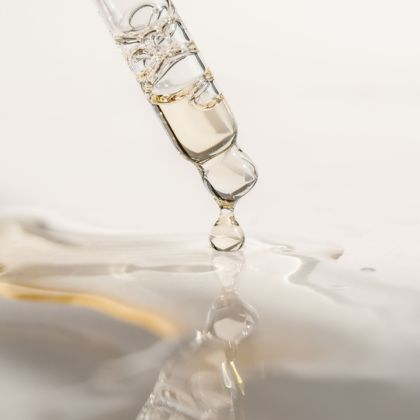 Skincare
SkincareAdding L-Proline to skincare products increases their nutritional content, making the skin appear firmer and plumper.
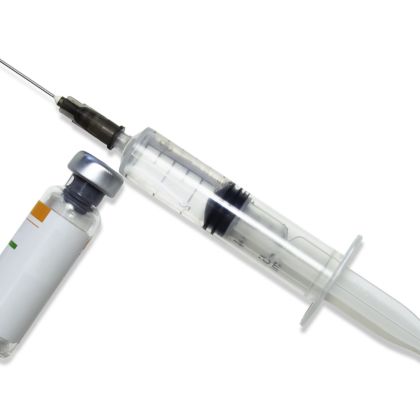 Pharmaceuticals
PharmaceuticalsInjected into the human body through injections or infusions, it provides a rapid protein supplement.

Benefits of L-Proline
- L-Proline is widely found in a variety of meat-based and other foods, and a variety of supplemental forms ensure we get the necessary L-Proline for our bodies.
- L-Proline has strong antioxidant properties, which not only directly boosts immunity but can also be added to skincare products to help slow aging.
- L-Proline is abundant in the human body and participates in protein synthesis, promotes cell growth, accelerates metabolism, improves skin condition, and maintains musculoskeletal health.
- L-Proline has a strong repairing effect on tooth enamel, making teeth stronger and healthier.
- In addition to its beneficial effects on the human body, L-Proline also plays a crucial role in the growth of plants and animals.
If you have any questions about processing L-Proline, Highassay’s R&D team is here to help.

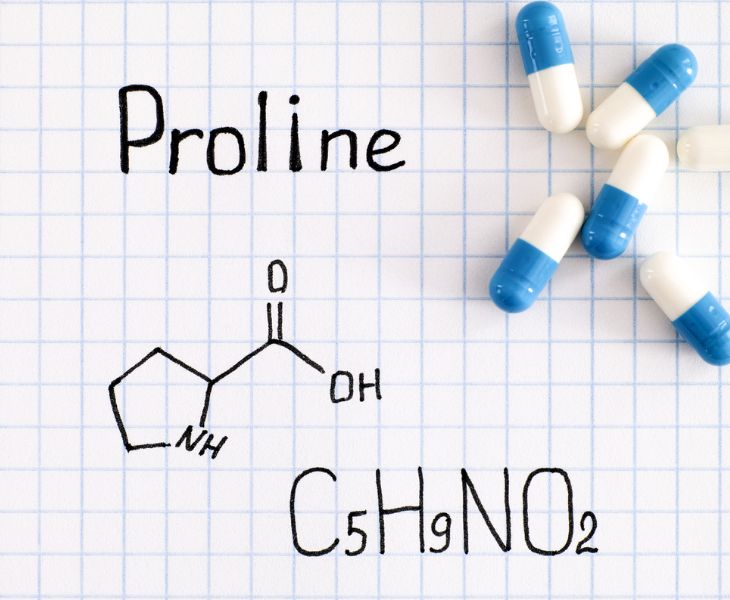
About L-Proline
- L-Proline undergoes L-Hydroxylation within the peptide chain to form 4-hydroxyproline, a key component of animal collagen.
- L-Proline exists in a free form within plant proteins. As environmental stress increases, the L-Proline content in plants also increases, stimulating their stress resistance.
- L-Proline, when taken together with vitamin C, can accelerate collagen synthesis.
- Our company is a Chinese supplier of L-Proline raw materials, offering high-quality products at competitive prices.
Storage of L-Proline
- Sealed storage: This product isolates oxygen and moisture from the air, which can affect product quality.
- Dry storage: A humid environment can cause L-Proline to decompose and reduce its activity.
- Protect from light: L-Proline is light-sensitive, and direct sunlight can cause it to decompose and become ineffective.
- Well-ventilated: Store in a well-ventilated warehouse to prevent the accumulation of harmful substances.
- Avoid direct contact: Avoid direct contact of L-Proline with skin and eyes to prevent irritation.
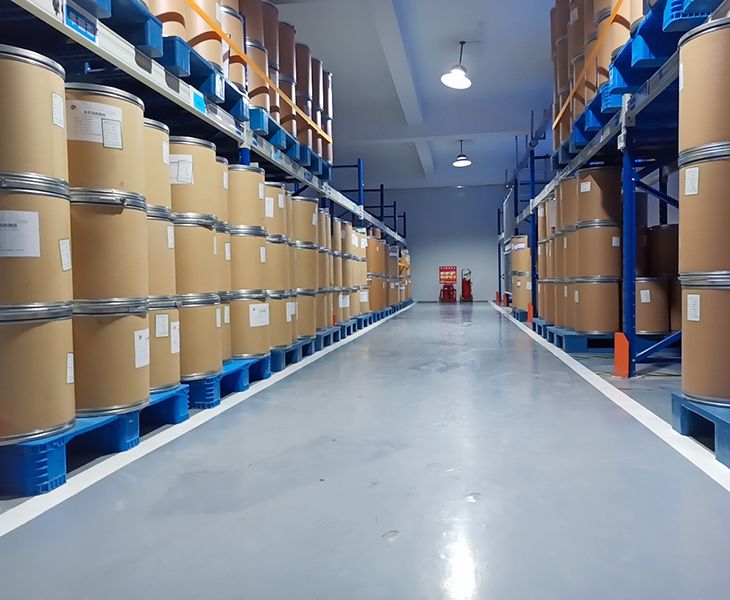
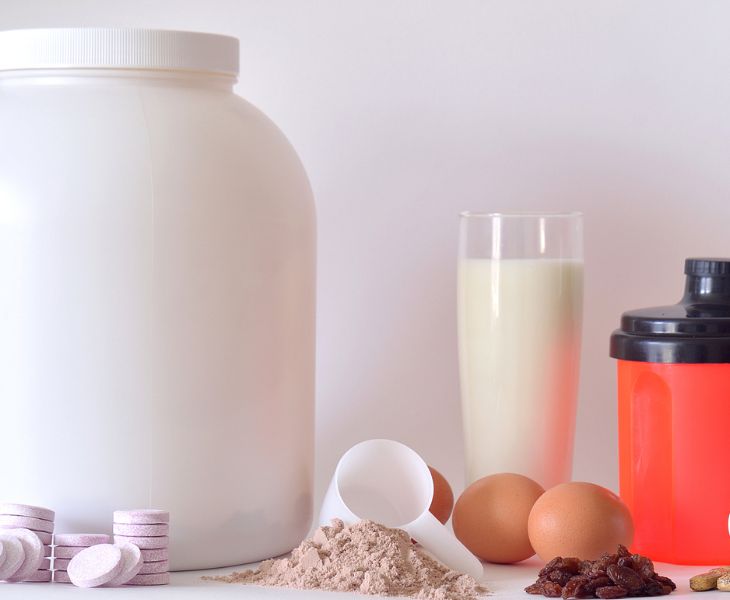
Proline VS Lysine VS Glycine
Proline, lysine, and glycine all play key roles in protein synthesis. Taking a supplement that contains all three of these important amino acids will benefit your cells, bones, blood vessels, skin, and more.
Specification of L-Proline
| L-Proline | CP2020 | EP11 | USP2023 | AJI92 |
| Assay | ≥99.0% | 98.5-101.0% | 98.5-101.5% | 99.0-101.0% |
| PH | 5.9-6.9 | / | / | 5.9-6.9 |
| Specific rotation[a]D20 | -84.5°–86.0° | -84.0°–86.0° | / | -84.5°–86.0° |
| Specific rotation[a]D25 | / | / | -84.3°–86.3° | / |
| Transmittance(T430) | ≥98.0% | / | / | ≥98.0% |
| Appearance of solution | / | clear & colorless | / | / |
| Chloride(Cl) | ≤0.02% | ≤0.02% | ≤0.05% | ≤0.02% |
| Ammonium(NH4) | ≤0.02% | ≤0.02% | / | ≤0.02% |
| Sulfate(SO4) | ≤0.02% | ≤0.03% | ≤0.03% | ≤0.02% |
| Iron(Fe) | ≤10PPM | ≤10PPM | ≤30PPM | ≤10PPM |
| Heavy metals(Pb) | ≤10PPM | / | / | ≤10PPM |
| Arsenic | ≤1PPM | / | / | ≤1PPM |
| Other amino acids | ≤0.5% | / | Individual impurities≤0.5% Total impurities≤2.0% | Individual impurities≤0.5% Total impurities≤2.0% |
| Ninhydrin-positive substances | / | Each impurity≤0.2% Total impurities≤0.5% | / | / |
| Loss on drying | ≤0.30% | ≤0.50% | ≤0.4% | ≤0.30% |
| Residue on ignition | ≤0.10% | ≤0.10% | ≤0.4% | ≤0.10% |
| Endotoxin | <10EU/g | <10EU/g | <10EU/g | / |
| Total plate count | ≤ 1000 CFU/g | ≤ 1000 CFU/g | ≤ 1000 CFU/g | ≤ 1000 CFU/g |
| Moulds & Yeasts | ≤ 100 CFU/g | ≤ 100 CFU/g | ≤ 100 CFU/g | ≤ 100 CFU/g |


